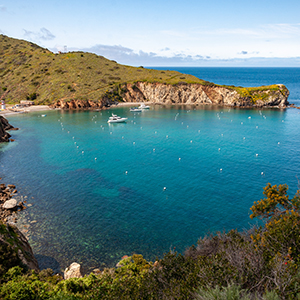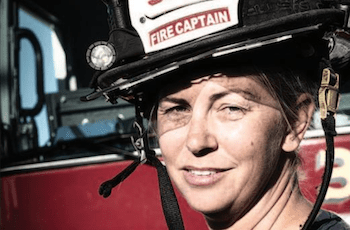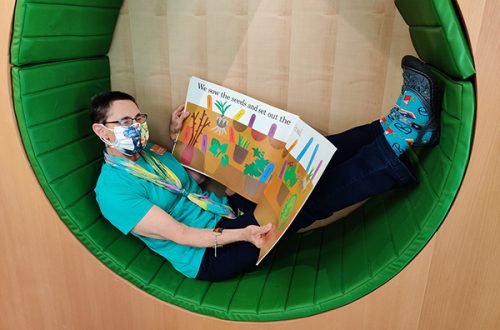Fuel for the Future and Catalina Island
By Lisa Catterall
 In the May 2021 issue of Renewable and Sustainable Energy Reviews, researchers at the USC Wrigley Institute for Environmental Studies, which operates the Wrigley Marine Science Center on Catalina Island, published the results of a study that may move humanity forward in the replacement of fossil fuels. One possible replacement for oil as an energy source is fuel that comes from plant sources. Because matter and energy are always conserved, however, there is a scale issue with trying to slake the thirst of humanity for oil and oil products by growing plants on land. We just can’t sustainably grow or reclaim enough.
In the May 2021 issue of Renewable and Sustainable Energy Reviews, researchers at the USC Wrigley Institute for Environmental Studies, which operates the Wrigley Marine Science Center on Catalina Island, published the results of a study that may move humanity forward in the replacement of fossil fuels. One possible replacement for oil as an energy source is fuel that comes from plant sources. Because matter and energy are always conserved, however, there is a scale issue with trying to slake the thirst of humanity for oil and oil products by growing plants on land. We just can’t sustainably grow or reclaim enough.
The giant kelp that grows in cold, shallow seas such as those along the California coast can grow at a rate of two feet per day in ideal conditions. Kelp is a great candidate for biomass production. Scientists and ecology-minded entrepreneurs wondered if it would be possible to farm it in a sustainable way. One idea was to lower the kelp farm into nutrient-rich water at depth during nighttime hours, as kelp only needs light during the day and shallow water is nutrient-poor.
Mount Madonna School (MMS) tenth grade honors oceanography students visit the Wrigley Center for environmental studies in May each year. The marine science program in the high school includes a marine biology lab elective in ninth grade as well. Ninth graders travel to another part of Catalina Island to become comfortable doing field science in and on the water, and to complete an environmental leadership program. Both of these classes are taken in addition to the traditional high school science sequence of biology, chemistry and physics. MMS students have been visiting the Wrigley Center for 10 years, working with the researchers there and co-developing and testing curriculum for their education initiatives for high school students.
During the pandemic, the classes of 2022 and 2023 were not able to travel. Currently, overnight field trips are not allowed for schools, and the Wrigley Center is only allowed to house six outside researchers with heavy restrictions. Both organizations anticipate restrictions lifting over the summer, and a trip for MMS juniors and seniors to the Wrigley Center is planned for September. That same week, MMS ninth and tenth grade students will attend the Catalina Environmental Leadership Program at Howlands Landing, on another part of the island. A high priority on the trip will be visiting the kelp elevator operation on or off shore and speaking with scientists working on the project. On campus, oceanography students will design experiments to test the same growth theory in our abundant freshwater ecosystems.
MMS has a leading, continuous program in ocean stewardship that carries through all of the grades, Pre/K-12. The week students spend at the Wrigley is a critical part of a Mount Madonna education, because students see firsthand the science processes on which their environmental worldview and activism rest. Our students who have experienced field studies and learning at the Wrigley become empowered against the opposing worldview, because they understand how the scientific community discovers and solves scientific issues arising from humans interacting with the environment.
I want to share the research and this video. The news video shows the boat we take and where students stay and work on Catalina. All of us who have the honor of taking students on a learning journey are looking forward to being able to offer our unique travel experiences again, provided the field trip restrictions are lifted in the coming year.
Lisa Catterall teaches STEAM, math, science, and art at Mount Madonna School and is a senior associate of the Centers for Research on Creativity. She lectures and trains teachers and administrators on innovation in education in Beijing, China. Lisa has five children and lives in Santa Cruz County.







